Tag: handgun
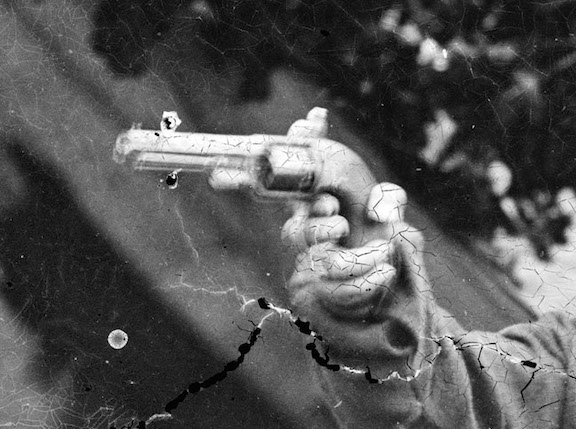 Wikipedia says: A handgun is a short-barrelled firearm that can be held and used with one hand.
Wikipedia says: A handgun is a short-barrelled firearm that can be held and used with one hand.
In the days before commercial mass production, handguns were often considered a badge of office, much the same as a ceremonial sword. As they had limited utility and were more expensive than the long guns of the era, handguns were carried only by the very few who could afford to purchase them. However, in 1836, Samuel Colt patented the Colt Paterson, the first practical mass-produced revolver. It was capable of firing 5 shots in rapid succession and very quickly became a popular defensive weapon, giving rise to the saying, “God created men, but Colt made them equal.”
Hand cannons
Firearms first appeared in China where gunpowder was first developed. The oldest known bronze barrel handgun is the Heilongjiang hand cannon, dated to 1288. It is 34 cm (13.4 inches) long without a handle and weighs 3.55 kg (7.83 pounds). The diameter of the interior at the end of the barrel is 2.5 cm (1.0 inch). The barrel is the lengthiest part of the hand cannon and is 6.9 inches long.
The hand cannon has a bulbous base at the breech called the yaoshi or gunpowder chamber, where the explosion that propels the projectile occurs. The diameter of the Heilongjiang hand-gun’s powder chamber is 6.6 cm (2.6 inches). The walls of the powder chamber are noticeably thicker to better withstand the explosive pressure of the gunpowder. The powder chamber also has a touch hole, a small hole for the fuse that ignites the gunpowder. Behind the gunpowder chamber is a socket shaped like a trumpet where the handle of the hand cannon is inserted. The bulbous shape of the base gave the earliest Chinese and Western cannons a vase-like or pear-like appearance, which gradually disappeared when advancements in metallurgical technology made the bulbous base obsolete.
Matchlocks
The matchlock appeared in Europe in the mid-15th century. The matchlock was the first mechanism invented to facilitate the firing of a hand-held firearm. The classic European matchlock gun held a burning slow match in a clamp at the end of a small curved lever known as the serpentine. Upon the pulling of a lever (or in later models a trigger) protruding from the bottom of the gun and connected to the serpentine, the clamp dropped down, lowering the smoldering match into the flash pan and igniting the priming powder. The flash from the primer traveled through the touch hole igniting the main charge of propellant in the gun barrel.
On release of the lever or trigger, the spring-loaded serpentine would move in reverse to clear the pan. For obvious safety reasons the match would be removed before reloading of the gun. Both ends of the match were usually kept alight in case one end should be accidentally extinguished.
Wheellocks
The wheellock was the next major development in firearms technology after the matchlock and the first self-igniting firearm. Its name is from its rotating steel wheel to provide ignition. Developed in Europe around 1500, it was used alongside the matchlock.
The wheellock works by spinning a spring-loaded steel wheel against a piece of pyrite to generate intense sparks, which ignite gunpowder in a pan, which flashes through a small touchhole to ignite the main charge in the firearm’s barrel. The pyrite is clamped in vise jaws on a spring-loaded arm (or “dog”), which rests on the pan cover. When the trigger is pulled, the pan cover is opened, and the wheel is rotated, with the pyrite pressed into contact.
A close modern analogy of the wheellock mechanism is the operation of a cigarette lighter, where a toothed steel wheel is spun in contact with a piece of sparking material to ignite the liquid or gaseous fuel.
A wheellock firearm had the advantage that it can be instantly readied and fired even with one hand, in contrast to the then-common matchlock firearms, which must have a burning cord of slow match ready if the gun might be needed and demanded the operator’s full attention and two hands to operate. On the other hand, wheellock mechanisms were complex to make, making them relatively expensive.
Flintlocks
A flintlock is a general term for any firearm that uses a flint striking ignition mechanism. The term may also apply to a particular form of the mechanism itself, that was introduced in the early 17th century, and rapidly replaced earlier firearm-ignition technologies, such as the matchlock and the wheellock.
Flintlock pistols were used as self-defense weapons and as a military arm. Their effective range was short, and they were frequently used as an adjunct to a sword or cutlass. Pistols were usually smoothbore although some rifled pistols were produced.
Flintlock pistols came in a variety of sizes and styles which often overlap and are not well defined, many of the names we use having been applied by collectors and dealers long after the pistols were obsolete. The smallest were less than 15 cm (5.9 inches) long and the largest were over 51 cm (20 inches). From around the beginning of the 1700s the larger pistols got shorter, so that by the late 1700s the largest were closer to 41 cm (16 inches) long. The smallest would fit into a typical pocket or a hand warming muff and could easily be carried.
The largest sizes would be carried in holsters across a horse’s back just ahead of the saddle. In-between sizes included the coat pocket pistol, or coat pistol, which would fit into a large pocket, the coach pistol, meant to be carried on or under the seat of a coach in a bag or box, and belt pistols, sometimes equipped with a hook designed to slip over a belt or waistband. Larger pistols were called horse pistols. Arguably the most elegant of the pistol designs was the Queen Anne pistol, which was made in all sizes.
Probably the high point of the mechanical development of the flintlock pistol was the English duelling pistol; it was highly reliable, water resistant and accurate. External decoration was minimal but craftsmanship was evident, and the internal works were often finished to a higher degree of craftsmanship than the exterior. Duelling pistols were the size of the horse pistols of the late 1700s, around 41 cm (16 inches) long and were usually sold in pairs along with accessories in a wooden case with compartments for each piece.
Caplocks
The caplock mechanism or percussion lock was developed in the early 19th century and used a percussion cap struck by the hammer to set off the main charge, rather than using a piece of flint to strike a steel frizzen. They succeed the flintlock mechanism in firearm technology.
The rudimentary percussion system was developed by Reverend Alexander John Forsyth as a solution to the problem that birds would startle when smoke puffed from the powder pan of his flintlock shotgun, giving them sufficient warning to escape the shot.
His invention of a fulminate-primed firing mechanism deprived the birds of their early warning system, both by avoiding the initial puff of smoke from the flintlock powder pan, as well as shortening the interval between the trigger pull and the shot leaving the muzzle. Forsyth patented his ignition system in 1807. However, it was not until after Forsyth’s patents expired that the conventional percussion cap system was developed.
The caplock offered many improvements over the flintlock. The caplock was easier to load, more resistant to weather, and was much more reliable than the flintlock. Many older flintlock weapons were later converted into caplocks so that they could take advantage of this increased reliability.
The caplock mechanism consists of a hammer, similar to the hammer used in a flintlock, and a nipple (sometimes referred to as a “cone”), which holds a small percussion cap. The nipple contains a tube which goes into the barrel. The percussion cap contains a chemical compound called mercury fulminate or fulminate of mercury, whose chemical formula is Hg(ONC)2. It is made from mercury, nitric acid and alcohol. When the trigger releases the hammer, it strikes the cap, causing the mercuric fulminate to explode. The flames from this explosion travel down the tube in the nipple and enter the barrel, where they ignite the main powder charge.
Revolvers
Percussion era
In 1836, Samuel Colt patented the Colt Paterson, the first practical mass-produced revolver. It uses a revolving cylinder with multiple chambers aligned with a single, stationary barrel. Initially, this 5-shot revolver was produced in .28 calibre, with a .36 calibre model following a year later. As originally designed and produced, no loading lever was included with the revolver; a user had to partially disassemble the revolver to re-load it. Starting in 1839, however, a reloading lever and a capping window were incorporated into the design, allowing reloading without requiring partial disassembly of the revolver. This loading lever and capping window design change was also incorporated after the fact into most Colt Paterson revolvers that had been produced from 1836 until 1839. Unlike later revolvers, a folding trigger was incorporated into the Colt Paterson. The trigger only became visible upon cocking the hammer.
Colt would go on to make a series of improved revolvers. The Colt Walker, was a single-action revolver with a revolving cylinder holding six charges of black powder behind six bullets (typically .44 caliber lead balls). It was designed in 1846 as a collaboration between Captain Samuel Hamilton Walker and American firearms inventor Samuel Colt. The 1847 Colt Walker was the largest and most powerful black powder repeating handgun ever made.
The Colt 1851 Navy Revolver is a cap and ball revolver that was designed by Samuel Colt between 1847 and 1850. The six-round .36 caliber Navy revolver was much lighter than the contemporary Colt Dragoon Revolvers developed from the .44 Walker Colt revolvers of 1847, which, given their size and weight, were generally carried in saddle holsters. It is an enlarged version of the .31 caliber Colt Pocket Percussion Revolvers, that evolved from the earlier Baby Dragoon, and, like them, is a mechanically improved and simplified descendant of the 1836 Paterson revolver. As the factory designation implied, the Navy revolver was suitably sized for carrying in a belt holster. It became very popular in North America at the time of Western expansion. Colt’s aggressive promotions distributed the Navy and his other revolvers across Europe, Asia, and Africa. The .36 caliber (.375–.380 inch) round lead ball weighs 80 grains and, at a velocity of 1,000 feet per second, is comparable to the modern .380 pistol cartridge in power. Loads consist of loose powder and ball or bullet, metallic foil cartridges (early), and combustible paper cartridges (Civil War era), all combinations being ignited by a fulminate percussion cap applied to the nipples at the rear of the chamber.
The Colt Army Model 1860 is a 6-shot muzzle-loaded cap & ball .44-caliber single-action revolver used during the American Civil War made by Colt’s Manufacturing Company. It was used as a side arm by cavalry, infantry, artillery troops, and naval forces. More than 200,000 were manufactured from 1860 through 1873. Colt’s biggest customer was the US Government with no less than 129,730 units being purchased and issued to the troops. The weapon was a single-action, six-shot weapon accurate up to 75 to 100 yards, where the fixed sights were typically set when manufactured. The rear sight was a notch in the hammer, only usable when the revolver was fully cocked. The Colt .44-caliber “Army” Model was the most widely used revolver of the Civil War. It had a six-shot, rotating cylinder, and fired a 0.454-inch-diameter (11.5 mm) round spherical lead ball, or a conical-tipped bullet, typically propelled by a 30-grain charge of black powder, which was ignited by a small copper percussion cap that contained a volatile charge of fulminate of mercury (a substance that explodes upon being subjected to a sharp impact). The percussion cap, when struck by the hammer, ignited the powder charge. When fired, balls had a muzzle velocity of about 900 feet per second (274 meters/second), although this depended on how much powder it was loaded with.
Metallic cartridge era
The Smith & Wesson Model 1 was the first firearm manufactured by Smith & Wesson, with production spanning the years 1857 through 1882. It was the first commercially successful revolver to use metallic rimfire cartridges instead of loose powder, musket ball, and percussion caps. It is a single-action, tip-up revolver holding seven .22 Short black powder cartridges.
The Smith & Wesson Model No. 2 Army is a 6-shot, .32 caliber revolver, intended to combine the small size and convenience of the Smith & Wesson Model 1 .22 rimfire with a larger more effective cartridge. It was manufactured 1861 – 1874, with a total production of 77,020.
Showing 1–16 of 41 results
-
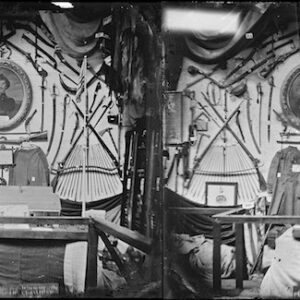
Image ID: ACVU
$3.99 -
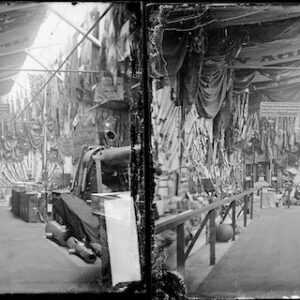
Image ID: ACWK
$3.99 -
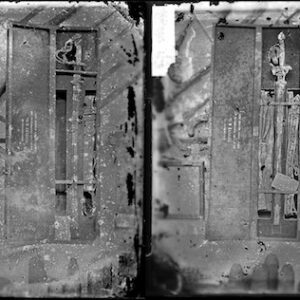
Image ID: AEJU
$3.99 -
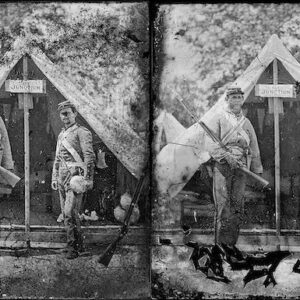
Image ID: AEUB
$3.99 -
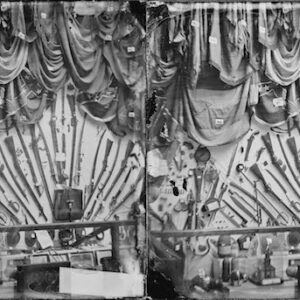
Image ID: AEXB
$3.99 -
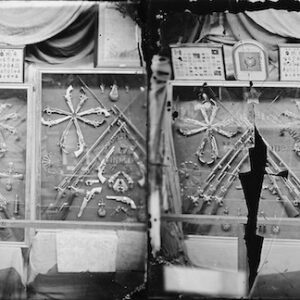
Image ID: AEXC
$3.99 -
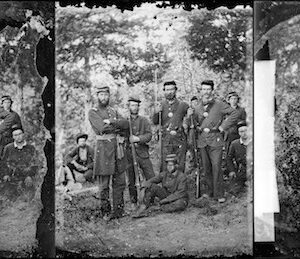
Image ID: AGUM
$3.99 -
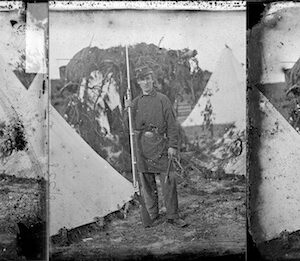
Image ID: AGUP
$0.99 – $3.99 -
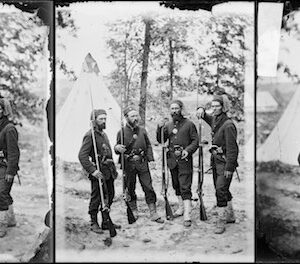
Image ID: AGVA
$3.99 -
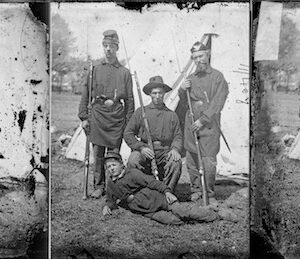
Image ID: AGVG
$0.99 – $3.99 -
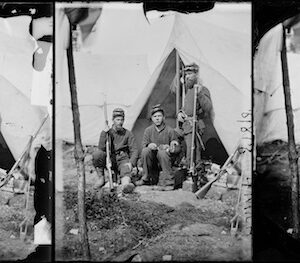
Image ID: AGVI
$3.99 -
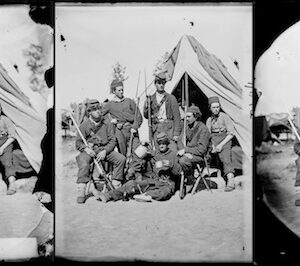
Image ID: AGVJ
$3.99 -
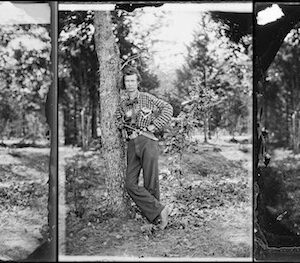
Image ID: AGVK
$3.99 -
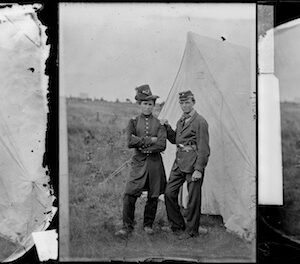
Image ID: AGVR
$3.99 -
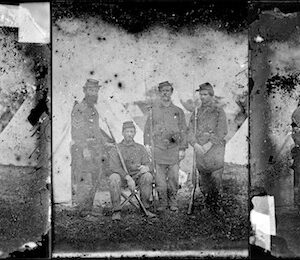
Image ID: AGVW
$0.99 – $3.99 -
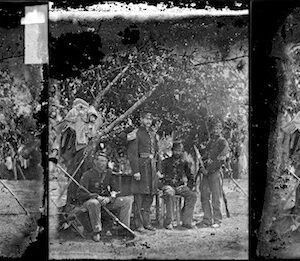
Image ID: AGVY
$0.99 – $3.99